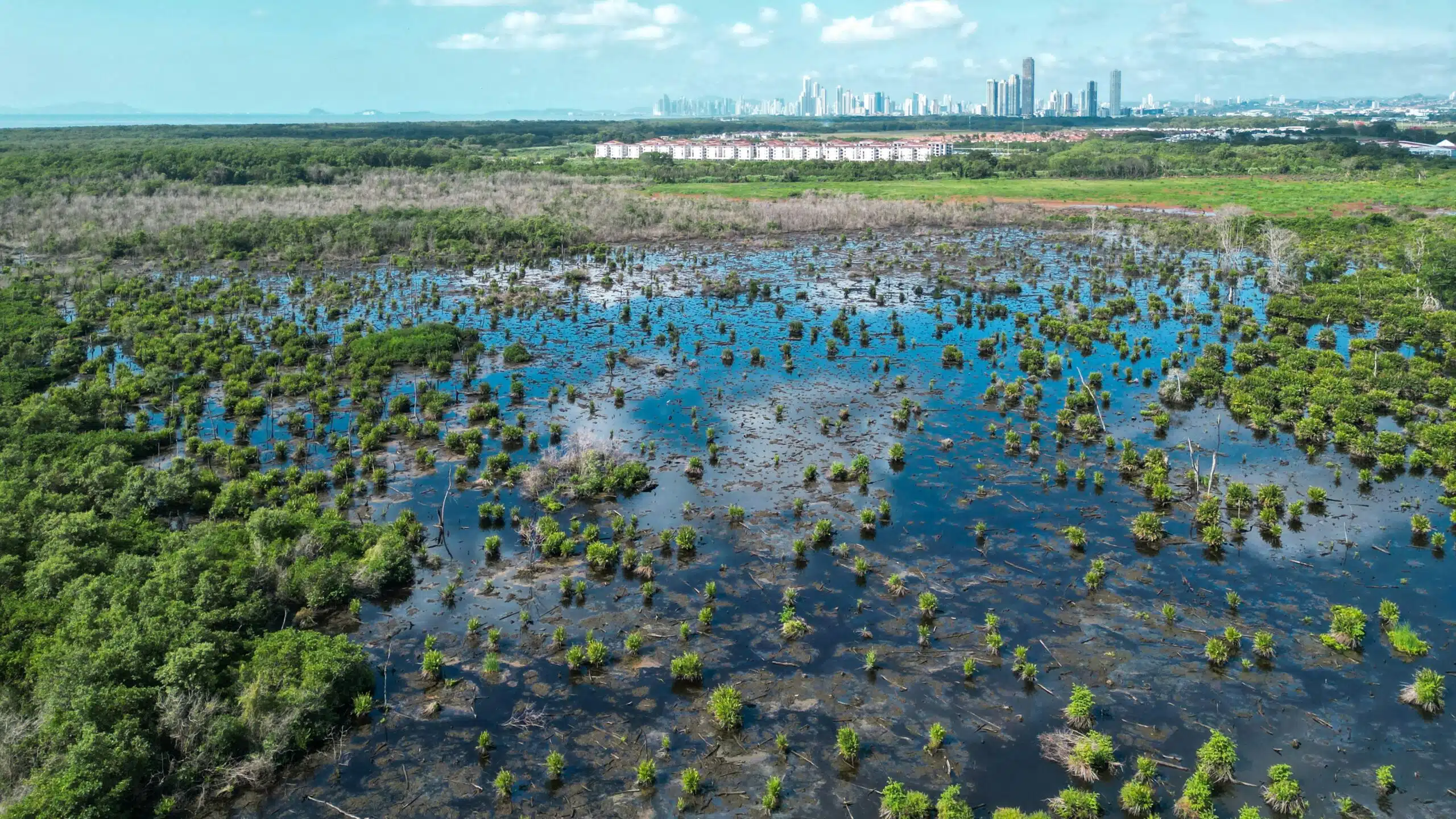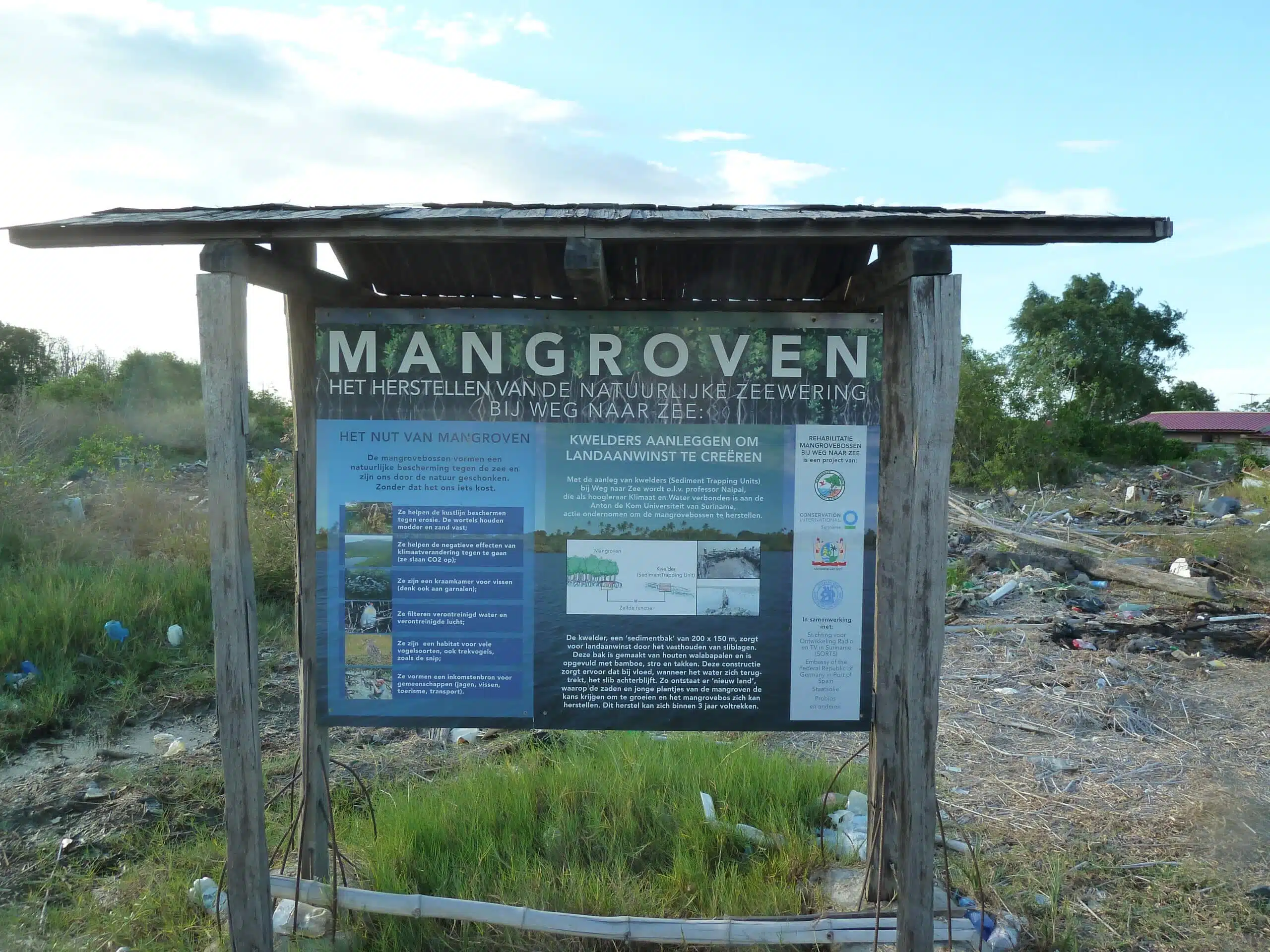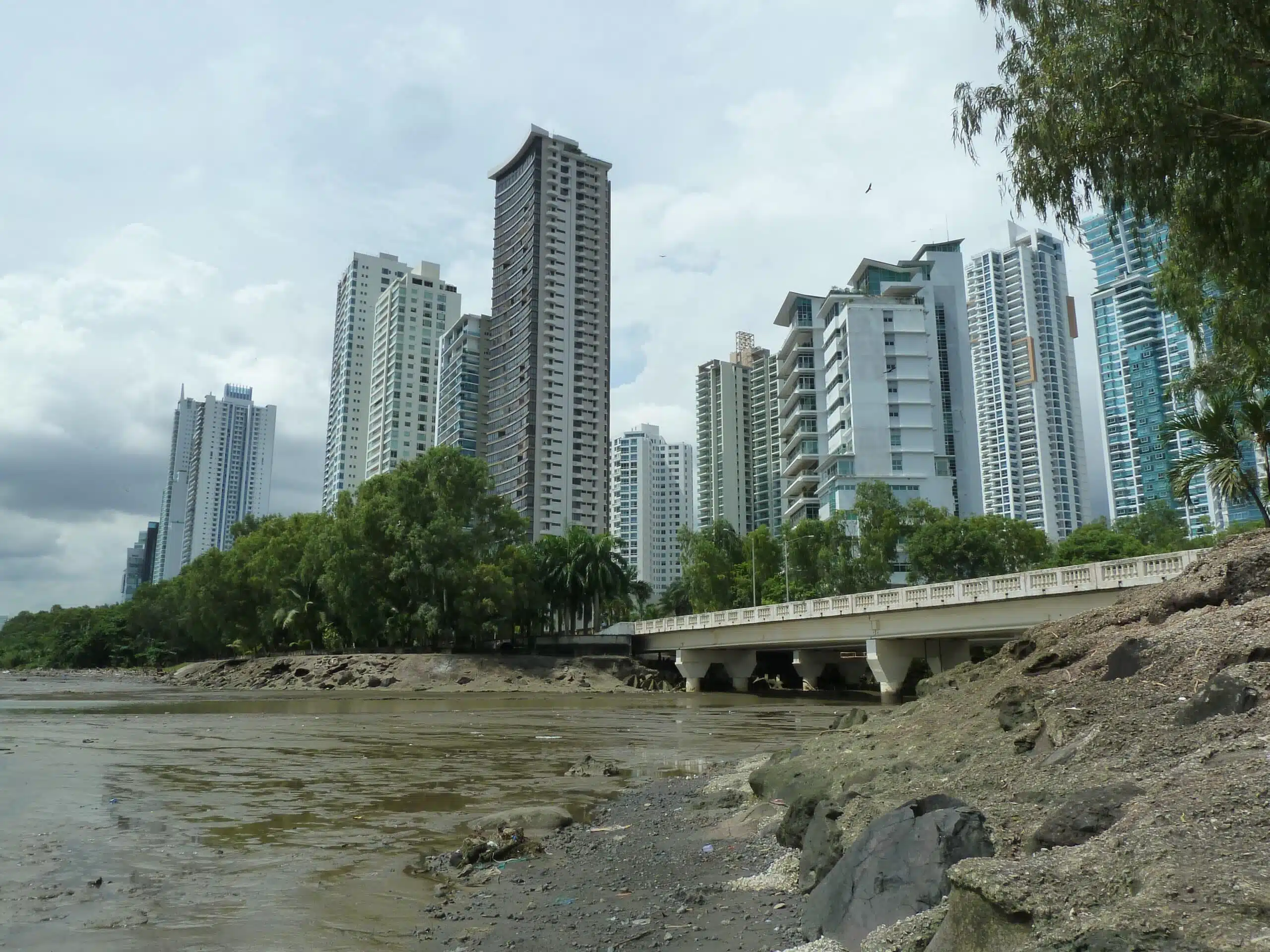Nature-based solutions can support long-term resilience, but challenges still limit their widespread adoption. In this article, Dr Mark Lawless, Managing Director at JBA Global Resilience, shares lessons from projects in Latin America and Asia on what can support their wider uptake.

Ready to discuss your next project? Contact our team today.
Nature-based solutions (NbS) are increasingly recognised for their potential to reduce disaster risk while delivering wider benefits for communities and ecosystems. Restoring wetlands, reforesting catchments, or protecting mangroves can reduce flood and coastal hazards, support biodiversity, and provide sustainable livelihoods.
Yet despite the growing evidence, NbS are still not widely embedded in disaster risk management and climate adaptation projects.
Mainstream adoption of NbS faces several persistent challenges. These are not only technical but also institutional and political, often making engineered solutions appear simpler or more attractive to decision-makers.
NbS take time to establish. Wetlands or mangrove forests may require a decade or more before offering significant protection, while most development and donor financing is tied to three-to-five-year cycles. This can make it difficult for NbS projects to demonstrate results within the timescales typically expected by programmes, even when they are designed to deliver significant long-term resilience.
There is also a deeper issue around perceptions of what the “future” should look like. For some, this vision might include mangroves, boardwalks and wetlands; for others, it centres on large-scale engineered developments. Moreover, in contexts where lives and livelihoods are at immediate risk, the focus is understandably on “what can be built now.” NbS are often dismissed not because of resistance to the idea, but because they are seen as too slow to address today’s problems. In many contexts, protection is most effective when phased: immediate engineered measures to reduce current risks, alongside NbS that strengthen long-term resilience.
In Suriname, we worked with the World Bank and the Government of Suriname to develop an Integrated Flood Risk Management (IFRM) strategy. The project recommended a 1.5 km development setback in Paramaribo to enable floodplain restoration and supported mangrove regeneration using sediment traps. These measures will take years to fully deliver their protective benefits, yet the strategy shows how short-term planning can still create the conditions for long-term resilience.

Information board at a mangrove restoration site, Suriname
While case studies show NbS can work, quantitative evidence – especially cost-benefit analyses – remains limited, particularly in low- and middle-income countries. The absence of clear and consistent standards for assessing NbS reduces confidence in decision-making and often makes conventional “grey” solutions seem the safer option.
Some progress is being made. In Vietnam, we worked with the World Bank and ISPONRE to develop a natural capital accounting framework for mangroves and coastal forests. By quantifying services such as flood protection, erosion control, fisheries and tourism, the study created an evidence base to support planning decisions and justified the use of coastal setback lines under Vietnam’s new planning law.
Through the IFRM programme in Asia, we supported the Asian Development Bank and seven developing member countries to test both green and grey interventions. Using our Global Flood Maps, we modelled risk in countries including Nepal, Pakistan, the Philippines and Indonesia. This provided practical evidence of how NbS can be assessed alongside traditional infrastructure, giving decision-makers a stronger basis for investment.
Looking ahead, we need to continue improving the way NbS performance is modelled. Even where uncertainty remains, robust analysis can demonstrate that NbS are sound, cost-effective investments over time.
Implementing NbS often requires land already in use, whether for housing, agriculture, or industry. Negotiating trade-offs between conservation, risk reduction, and local livelihoods is complex and politically sensitive.
In Panama City, rapid urbanisation had led to the loss of mangroves and floodplains, increasing exposure to flood and erosion hazards. JBA supported the World Bank and the Municipality of Panama with a study that modelled alternative futures for the Tocumen catchment. The analysis showed that integrating floodplain and mangrove regeneration into city planning could both reduce risk and create opportunities for sustainable development. Similarly in Suriname, our recommendations for a development setback demonstrated how land-use choices can create space for NbS to flourish.

Panama City's waterfront
Engineered solutions are sometimes seen as more predictable, measurable, and permanent. NbS, by contrast, may be viewed as “soft” or “experimental.” This perception persists even when NbS perform equally well – or better – under changing climate conditions.
These perceptions are reinforced by deeply embedded assumptions that “walls and dredging” are the default answers to flood risk. In reality, the most effective solutions combine grey infrastructure with NbS, creating immediate protection while building long-term sustainability.
The Panama study provided quantitative evidence that NbS can deliver measurable benefits when integrated into city planning. By coupling hydraulic modelling with spatial planning, the project demonstrated that restoring mangroves and floodplains can perform reliably alongside engineered measures, strengthening the case for NbS as part of mainstream resilience strategies.
NbS frequently cut across institutional boundaries – forestry, water management, urban planning, disaster risk management. Even where policies are supportive, implementation can be slowed when responsibilities are spread across multiple institutions.
NbS also often operate across ecosystems larger than local administrative boundaries. Without coordination at the right scale, efforts can become fragmented and lose impact.
The IFRM programme in Asia highlighted this challenge during regional workshops. Countries identified fragmented institutional responsibility as a key barrier to effective flood risk management. Addressing this through shared guidance, training, and collaborative planning helped strengthen governance structures, creating a stronger foundation for NbS integration.
At JBA, we see NbS as part of a wider toolkit for resilience. They are not a silver bullet, but when combined with sound planning, risk modelling and governance, they can help shift the balance towards sustainable, climate-smart solutions.
Based on practical insights from our work in Latin America and Asia, three priorities stand out:
Through projects with partners such as the World Bank and Asian Development Bank, we have seen how early action on these challenges can help NbS move from small-scale initiatives to mainstream resilience strategies.
Ready to discuss your next project? Contact our team today.
Discover more about the challenges and solutions shaping resilience and sustainable development across the globe.